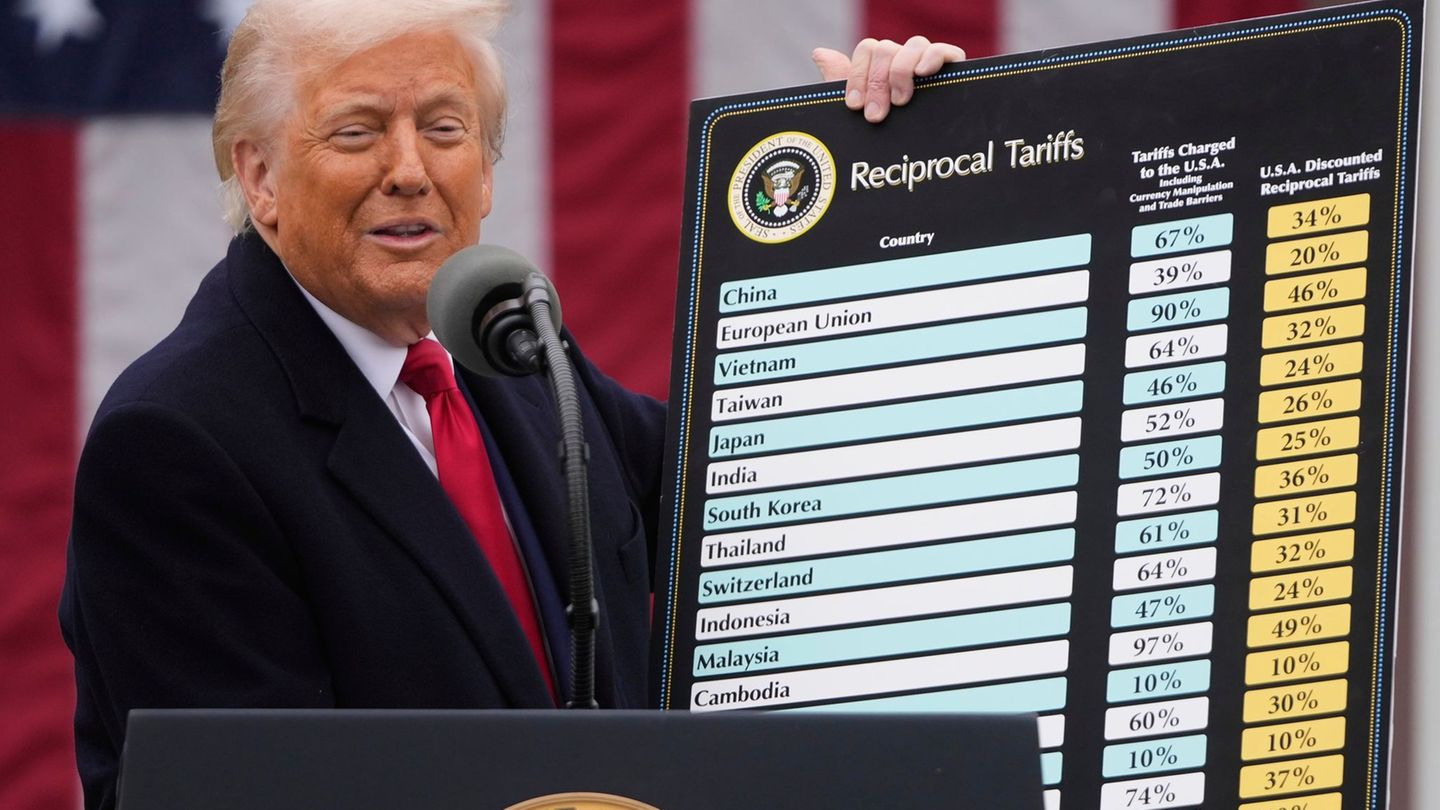While the market expects the debt swap to reconfigure the investment map in pesos, The Central Bank came out to announce what the liquidity insurance mechanism for bondholders will be like that they have to get rid of them before their expiration.
The question goes through avoid the effect of term mismatch. The banks until now came capturing short-term funds and part of it was placed in Treasury bills, whose terms do not exceed 3 months on average. Now the government is going to exchange those short titles for other bonds that expire between one and two years. The entities face a potential problem if they were to have a withdrawal of deposits.
For this is the liquidity insurance scheme, called “put”, which will allow those who enter the exchange to quickly sell the bonds to the BCRA in case your clients decide to take their pesos with them. “This tool is operative for banks that, due to the very nature of the business, have mismatches between the terms of public titles and the deposits that back them,” said the entity chaired by Miguel Pesce.
Claudio Cesario, the head of the Argentine Banking Association (ABA)justified the existence of the “put” after the criticism of the economists from Together for Change: “This is used if there is no liquidity before an outflow of deposits”, he explained.
Similarly, the economist and consultant Salvador Di Stéfano told Ámbito that “before a bullfight they are going to ask the BCRA for the put.” Di Stefano warned that “overnight debt is being placed, which is crazy.”
The Central Bank recalled that the put had been operational since last year for bonds that mature in 2023. The value of the insurance is the lowest price of the previous day and 30 basis points are added. The entity points out that so far, few options have been executed.
Now, the Central Bank will introduce a modification: that price will be determined in the market with the highest volume traded. Then the operation can be settled in cash or up to 48 hours.
At the moment, Banks induce clients to deposit their fixed-term savings in terms of no more than 30 days. In that period they offer rates of 107.5% effective per year, against inflation of 100% in February. When speaking of more than 30 days, the returns become negative.
Part of those fundswhich banks cannot channel into commercial credits, ends in liquidity bills (Leliq) from the Central Bank or in Treasury Bills. It is a wheel that has been spinning rapidly because ultimately the government cannot get loans for more than three months.
According to a report by the consulting firm LCG, 88.4% of the total fixed terms in February were made for a period of less than 60 days. Currently, the average of term placements is 53.4 days, continuing the shrinking dynamics since January 2022. It is the lowest term since February 2006.
The consultant points out thatIt is to be expected that demand deposits will continue to evolve below the price level of the economy, while term deposits may be negatively impacted by an eventual pronouncement of the exchange rate gap”.
Source: Ambito




